Unknown History of Wool by Avyastore.
When you cuddle up under a cosy blanket, pull your favourite jumper over your head, or grab your hat and mittens to go and play outside — you may be feeling the warmth of wool. Wool is the soft, thick, curly hair of sheep and other animals.
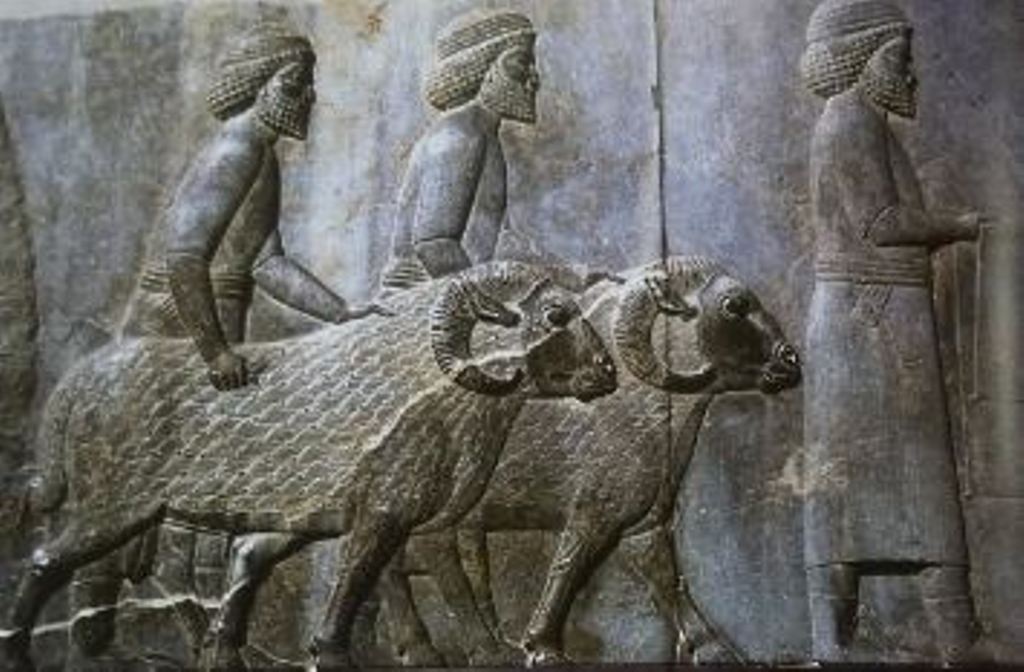
Did you know?
Sheep helped make the spread of civilization possible! Once people learned how to use sheep’s wool to make warm clothing, they could travel to cooler climates and live in places with colder temperatures. They also knew that if they took their flocks of sheep with them, they would have a reliable source of food.
As early as 10,000 BC, sheep farmers in central Asia were raising and breeding sheep for meat and milk. It wasn’t until sometime between 5,000 and 3,000 BC that early civilizations learned to take the sheep’s wool and spin (twist) it into yarn or thread. Then they could use it to make cloth. From cloth, they could make coverings such as tents, blankets, and clothing.
At first, people used very simple tools to spin the yarn. These included wooden spikes or sticks called spindles.
In time, nearly every civilization developed some method of spinning wool. These included the Hebrews of Mesopotamia (the area now called Iraq), the ancient Egyptians, the ancient Greeks, the Babylonians and Persians, and the Romans. Sheep breeding and wool production techniques then spread through Great Britain and Northern Europe.
The Roman era
By 200 BC, the Romans were breeding sheep specifically for wool production. They mated the sheep that had the best wool so that their offspring would have even better wool. The earliest wool factory was established in the town of Winchester in no 50, under Roman rule.
People used looms to weave wool thread into cloth. A loom is a frame made of wood. Wool fibres are stretched on the frame. This is called the warp. Then more wool fibres are stretched in and out of the warp in a series of rows called the weft-The criss-cross pattern is called weaving. This is how cloth is made.
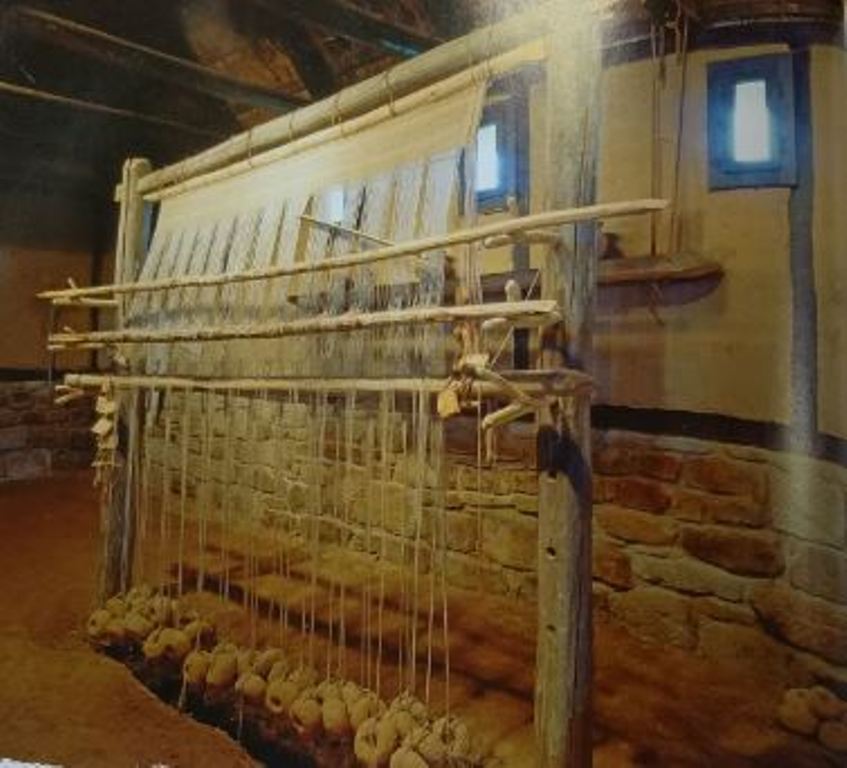
The Middle Ages
In the Middle Ages (AD 500-1500), wool proc became a major industry (business). Countries such as Spain, France, Italy, and Belgium began to develop new sheep breeding and weaving techniques. Great Britain rose above them all. Its “empire of wool” made its rulers rich and powerful. Today, the Lord Speaker of the House of Lords of the British parliament still speaks from the Woolsack. This is a large, wool- stuffed seat that represents the importance of the wool trade as a symbol of the nations’ wealth
Over time, quarrels over the wool trade led to political conflicts. Rulers passed laws forcing people to wear expensive wool clothing on special occasions. Wool traders had to pay high fees to buy or sell wool from country to country. Laws stated that sheep farms could be seized by the government for minor offences.
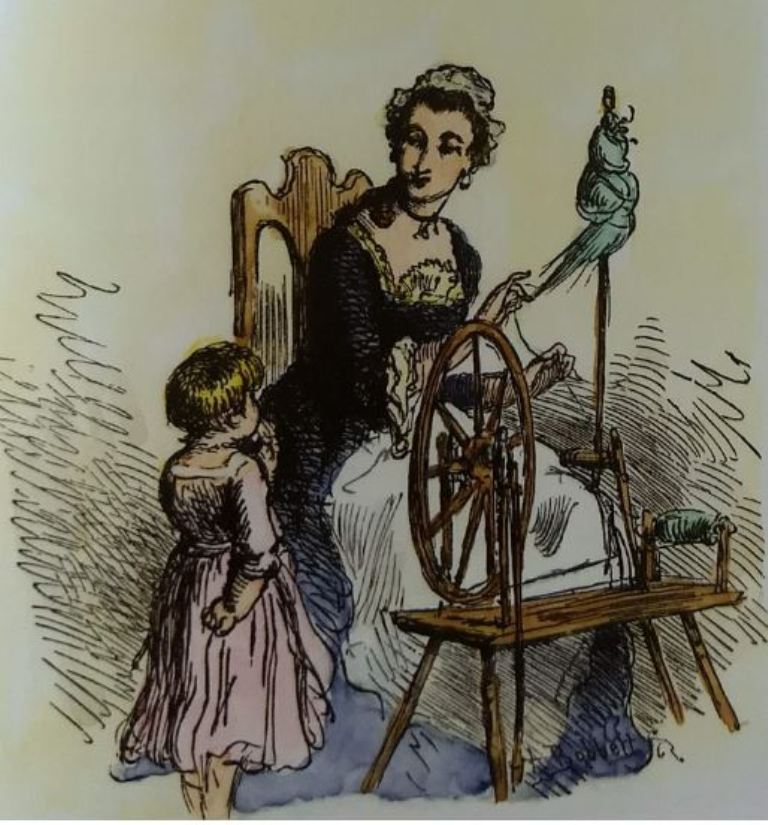
Colonial times
The explorer Christopher Columbus had brought sheep to North America on his second voyage in 1493. The colonists began raising sheep in Jamestown, Virginia, in the early 1600s.
The British saw wool production in the colonies as a threat to their business so they made laws against it. (The punishment was to have a hand cut off!) This and other unfair laws led to the American Revolution in 1776 and the creation of the United States as an independent nation.
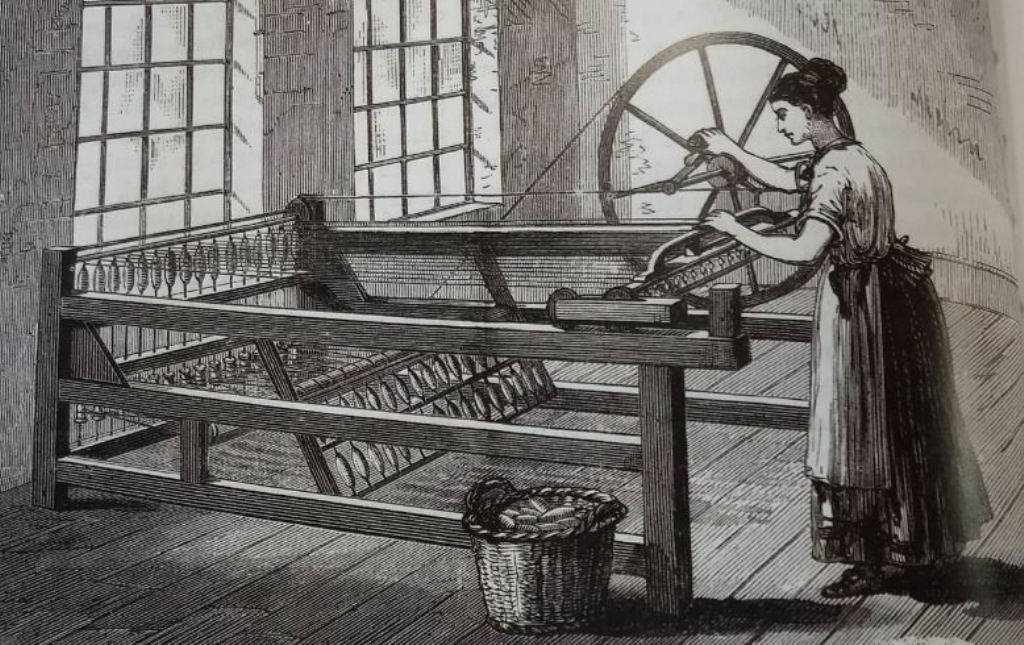
The Industrial Age
During the Industrial Revolution of 1750-1850, many new inventions dramatically affected every aspect of the wool industry. Machines powered by steam and electricity replaced the old machines that were powered by hand. The new machines could produce better quality wool faster than ever before.
James Hargreaves invented the spinning jenny in 1764. A factory worker could use this multi-spool spinning wheel to create eight spools of wool thread at a time, instead of only one. In the early 1800s, there were riots in some towns. Workers feared that these new machines would replace them and cost them their jobs, but there was no going back to the old ways. The new technology was just too good.
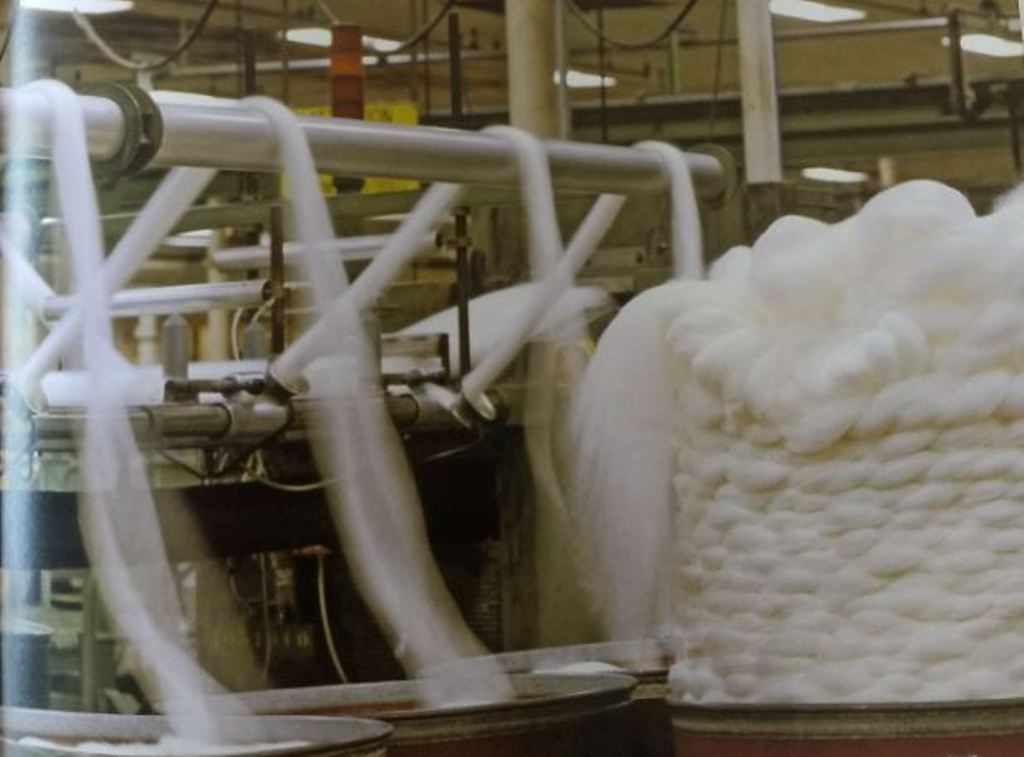
The Modern Era
The last 100 years, manufacturers (people who make products to sell) have experimented with new kinds of wool and new methods of making it. Even greater improvements have been made in the technology used by wool mills and factories. Today, nearly all spinning and weaving is done by machines programmed by computers. They can produce in minutes the kind of wool thread and wool fabric that used to take people days, weeks, or even months. Yet there are people all over the world who still use traditional methods to weave cloth for themselves and their families.
Read More
Wool – Complete Guide

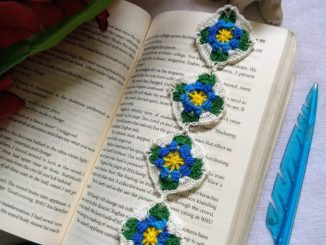
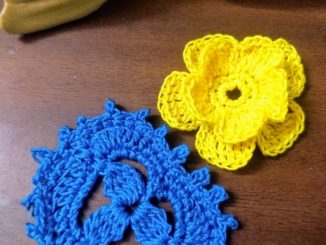
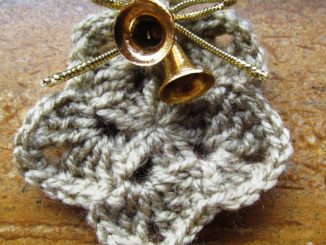
Be the first to comment